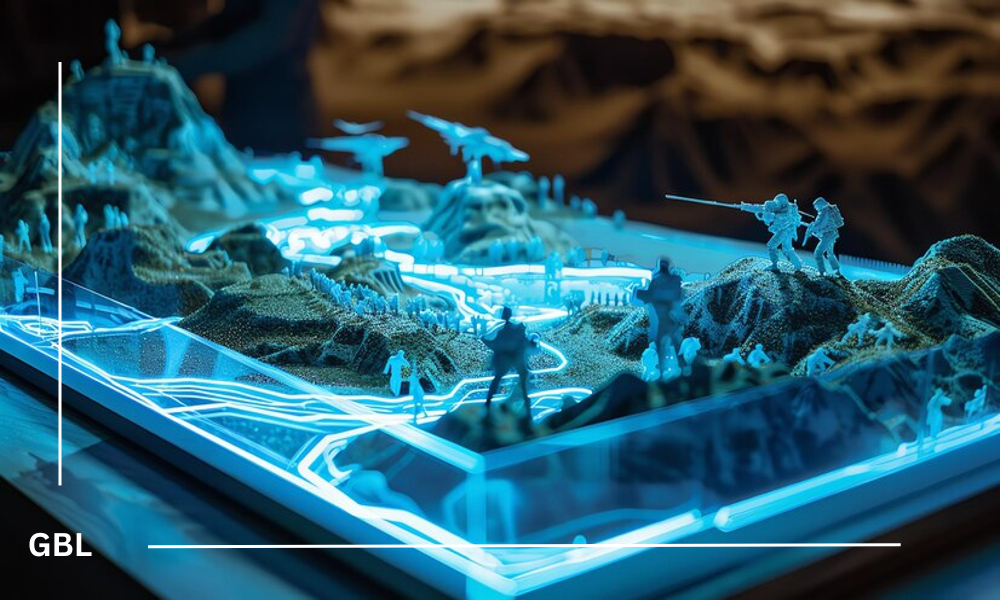The aerospace and defense sectors are experiencing a technological revolution thanks to advanced manufacturing and 3D printing. These cutting-edge technologies are reshaping how we design, produce, and maintain critical components, offering new levels of efficiency and innovation.
How Advanced Manufacturing is Changing the Game
Advanced manufacturing techniques, including precision machining, laser cutting, and especially 3D printing, are transforming production. These technologies allow for more complex designs, improved material properties, and faster production times compared to traditional methods. For instance, 3D printing—also known as additive manufacturing—builds parts layer by layer based on digital models. This approach minimizes material waste and enables the creation of intricate, lightweight components that are stronger and more durable.
3D Printing: A Game Changer for Aerospace and Defense
In the aerospace industry, 3D printing is revolutionizing the creation of parts and components. Imagine being able to design and produce a jet engine component or a satellite part with unmatched precision and in a fraction of the time it used to take. This technology makes it possible. Complex engine parts and structural components are now being produced using 3D printing, leading to lighter, more efficient aircraft. The ability to quickly prototype and iterate designs accelerates development and reduces time-to-market.
For defense, 3D printing offers significant advantages as well. It enables on-demand production of spare parts and maintenance components, which is crucial for keeping equipment operational in remote or field settings. Instead of waiting for parts to be shipped from a central location, military units can print what they need right on-site. This not only speeds up repairs but also reduces logistical challenges.
Looking Ahead
The future of advanced manufacturing and 3D printing is bright. Innovations in materials science are expanding the range of materials that can be used, including high-strength alloys and composites. Improved printing technology is enhancing the speed and accuracy of production, making these technologies even more valuable.
As these advancements continue, they promise to drive further efficiencies and breakthroughs in aerospace and defense. The integration of advanced manufacturing and 3D printing is setting new standards, pushing the boundaries of what’s possible and leading to more agile, responsive, and innovative industries.
In essence, advanced manufacturing and 3D printing are not just trends—they are reshaping the future of aerospace and defense, paving the way for more efficient, cost-effective, and cutting-edge solutions.

















